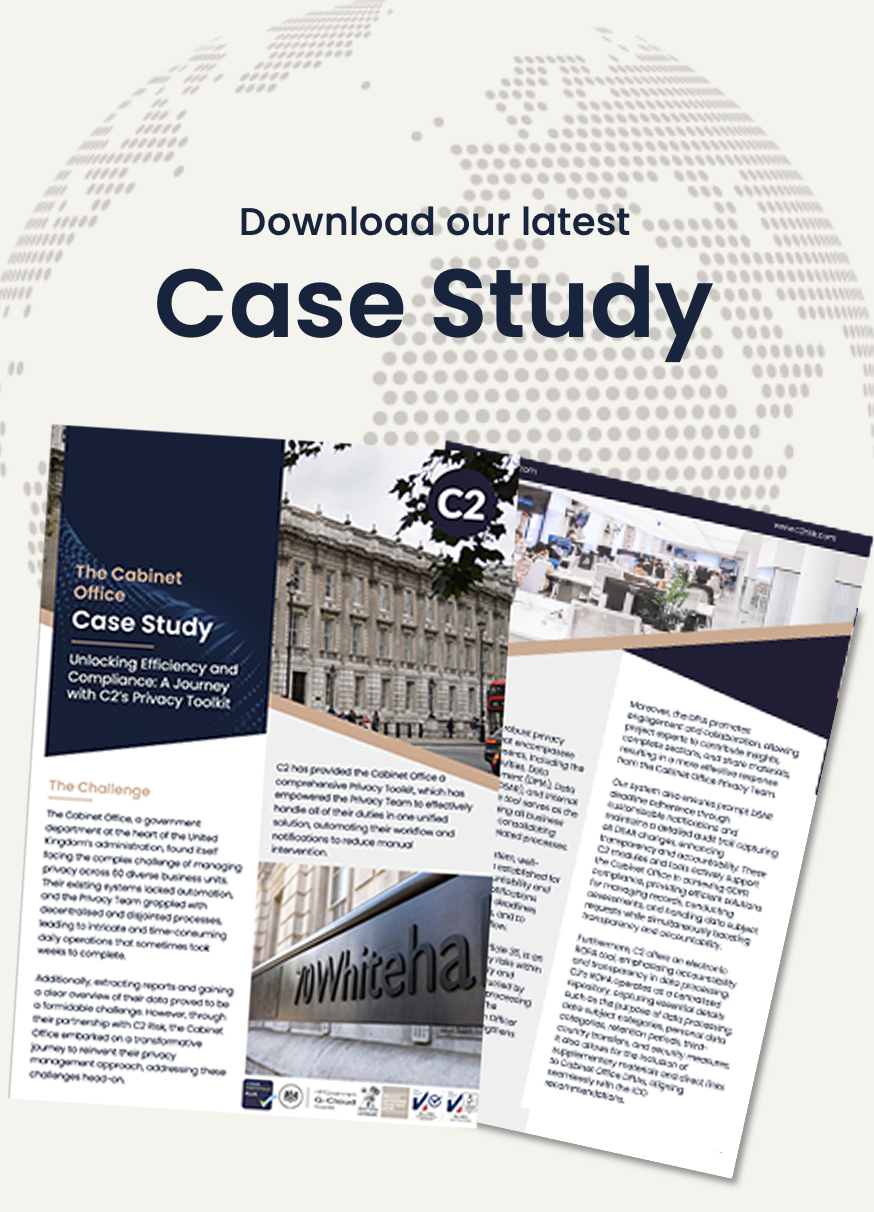5 Steps to Effective Vendor Risk Management

5 Steps to Effective Vendor Risk Management
[ad_1]
The term ‘Vendor risk” covers all aspects of threats to your organisation and your customers posed by an outsourced relationship with a vendor and the products or services they provide.
In 2021, the healthcare industry alone was subject to 33% of all cyber attacks caused by third parties. While your business can’t entirely prevent risks, you can mitigate them through an established risk management procedure.
Vendor Risk Management programmes and technologies support organisations that must assess, monitor and manage their risk exposure and vulnerabilities from third-party suppliers that have access to enterprise information and data.
But before you can implement an effective solution to manage your vendor risk you need to understand the types of risks that could impact your business.
The most common vendor risks you need to know:
Financial risk
A vendor’s inability to meet its contractual obligations and provide its products/services to your organisation. Any vendor that has unstable financials could severely disrupt your supply chain.
Information security risk
Cyber attacks or breaches to any supply chain are critical but third party vulnerabilities, such as missing or ineffective controls when storing any data, can leave your organisation liable and vulnerable to threats, all of which you are liable for.
ESG risk
Corporate practices and the media are putting many businesses under scrutiny, and failing to account for environmental, social, diversity and human rights issues can have serious ramifications. Any partnerships made should be able to supply sound and accounted for ESG (Environmental, Social and Governance) policies to stay protected.
Compliance & regulatory risk
Failure to comply with the laws and regulations governing the products and services provides. Regulation categories cover cybersecurity, privacy and ESG and more.
Non-compliance to these regulations could result in a serious loss of reputation and financial fees across the supply chain.
So, why should organisations invest in risk management?
A seamless, fool-proof risk management framework is a strong catalyst for business growth.
By implementing an effective risk management program, organisations can:
- Improve the quality of their services
- Reduce costs
- Allow for seamless vendor management
- Have greater communication with their vendors and stakeholders also
- Increase operational and financial efficiencies
- Increase the availability of their services
- Focus on their core business functions
- Most importantly, reduce the frequency and severity of data breaches, data leaks and cyber attacks on their business
But how? Below we highlight five simple steps to create a successful risk management solution:
How to implement an effective risk management solution:
1. Defining and assessing risks for your organisation
Start by identifying the threats to your business, its operations and the entire workforce. Who or what could make you vulnerable and where could these risks come from? Is it legal, financial, security, fraud or somewhere else?
2. Analysis and accessing risk
So, you’ve identified your risks, now you’ll need to perform a thorough risk analysis across all of your vendors. This analysis enables suppliers to be categorised/ranked based on their level of risk and the potential threat scope and disruption they pose to your business. This analysis will help establish how severe threats are, the risks of a one-time or repetitive event, and the consequences.
3. Monitoring vendor performance, audits & driving remedial action
Developing strategies to manage identified risks is essential. There are different options, such as accepting risks, avoiding, transferring, reducing likelihood and/or consequence, and retaining risk. Based on the risk exposure, evaluation of benefits, time duration for implementation and available budget, action plans can be developed.
Once the initial strategies are in place for each vendor, businesses will need to continue to monitor their vendors throughout the partnership. Consistent monitoring of vendor performance is necessary to ensure contractual obligations are adhered to, reducing the level of risk. This monitoring, when done effectively, highlights vulnerabilities and helps to mitigate elevated risks.
4. The roles and responsibilities of risk management
Effective communication and consultation with all parts of the organisation and vendors are necessary to ensure that everyone is kept well-informed.
A powerful solution will allow you to stay connected with your vendors throughout each stage, communicate responsibilities and raise concerns with the relevant stakeholders and highlight any risk-taking and ownership of that risk.
5. Robust reporting and reviews
Consistent monitoring and reporting is not just best practice but a regulatory requirement. A detailed report should include a high-level summary of the vendor portfolio and risk assessments, new regulations, and due diligence.
This reporting provides the board, senior leadership, and stakeholders with the required information to be aware of their vendor risk environment and make informed decisions.
Over the last five years, third party partnerships have increased exponentially, with more and more organisations outsourcing core functions in their businesses. While they do come with many benefits, they also create risks.
And with new technology evolving, lack of cyber security regulation and checkboxes, compliance poses a considerable threat to vendors. Consider a tool that makes managing risk easier, seamless and consistent, a good piece of tech can minimise spreadsheet dread, drive greater efficiencies and keep you connected with your vendors.
If you’re interested in finding out how the C2 Risk’s Vendor Risk Management program can help you, book a call with one of our experts today.
[ad_2]



